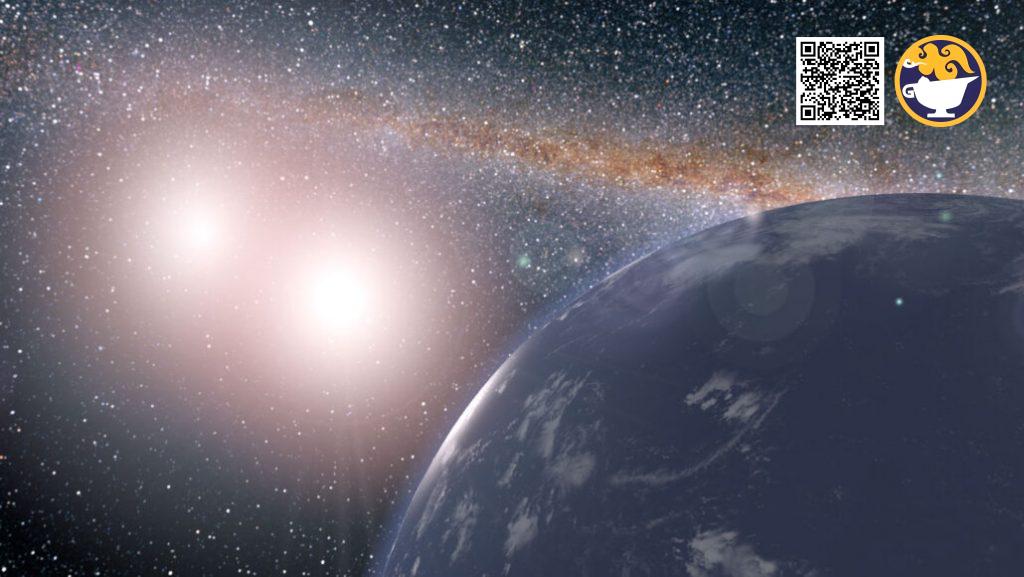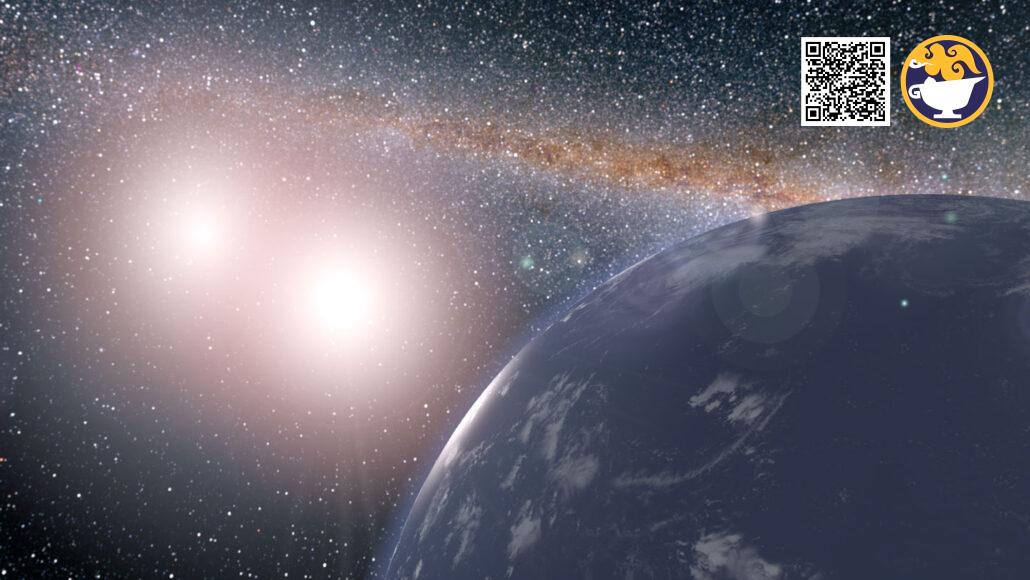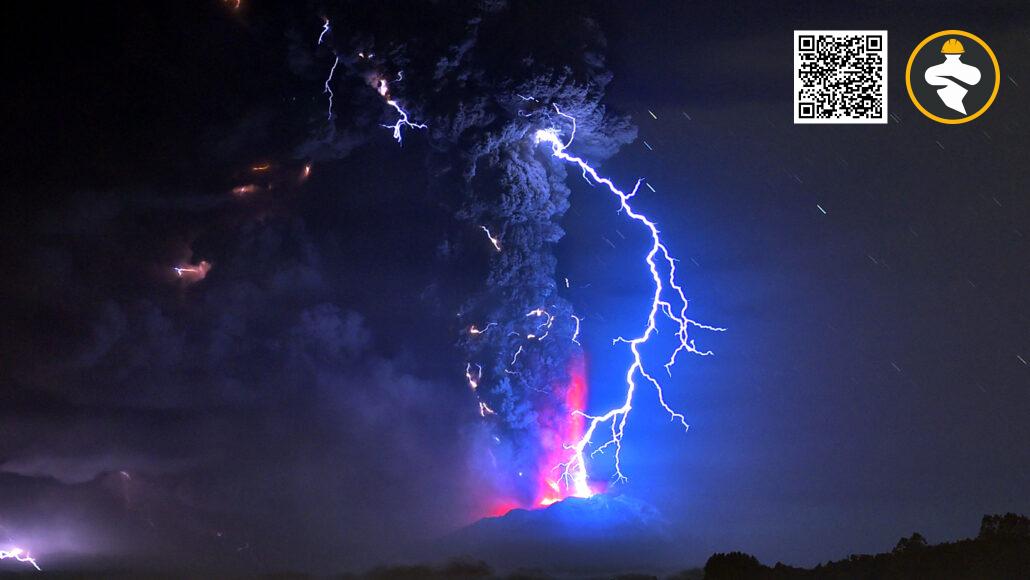A new study published in the journal Nature Communications has found that many planets that orbit binary stars, similar to Tatooine in the Star Wars universe, may be habitable. This is exciting news for the search for extraterrestrial life as it expands the potential number of habitable planets in the galaxy.
Binary stars, or star systems with two stars, make up about half of all star systems in the galaxy. Until recently, it was believed that planets in these systems would be uninhabitable due to the gravitational pull from two stars, which would make it difficult for the planet to maintain a stable orbit and climate. However, the new study suggests that this may not be the case.
The research team provided the results of their models in the Astronomical Society meeting, in which they simulated the conditions of planets orbiting binary stars and found that these planets can maintain stable climates and orbits if they are located at a specific distance from the binary system. This distance, known as the “habitable zone,” is where the planet receives the right amount of light and heat to support liquid water and potentially life.

The researchers simulated 4,000 different binary star combinations, each with an Earth-like planet in its orbit. The researchers changed the relative masses of the stars, their orbital diameters and shapes, and the radius of the planet’s orbit around the binary pair of stars.
One of the key findings of the study is that planets in binary star systems may receive more light and heat than planets orbiting single stars. This is because the two stars in a binary system take turns passing in front of each other, which allows the planet to receive light and heat from both stars. This could potentially make it easier for life to develop and survive on these planets.
The study also found that the habitable zone for planets in binary star systems is wider than previously thought, which increases the chances of finding habitable planets in these systems. Additionally, the research team discovered that some binary star systems have multiple habitable zones, which increases the potential number of habitable planets even more.
Despite these promising findings, the study is not without limitations. The simulations only considered a limited range of binary star systems and did not take into account other factors that could impact habitability, such as the presence of a gas giant or the planet’s atmosphere. More research is needed to confirm these findings and determine the specific conditions required for habitability in binary star systems.
The discovery of habitable planets in binary star systems is an exciting step forward in the search for extraterrestrial life. It expands the potential number of habitable planets in the galaxy and could lead to the discovery of new and unique forms of life. The research team plans to continue their work by studying other binary star systems and exploring the potential for habitability on other types of planets.
However, more research is needed to confirm these findings and determine the specific conditions required for habitability. The discovery of a Tatooine-like planet that can support life would be a significant step forward in the search for extraterrestrial life and the understanding of planetary systems.
Reference: James R. Riordon @ https://www.sciencenews.org












